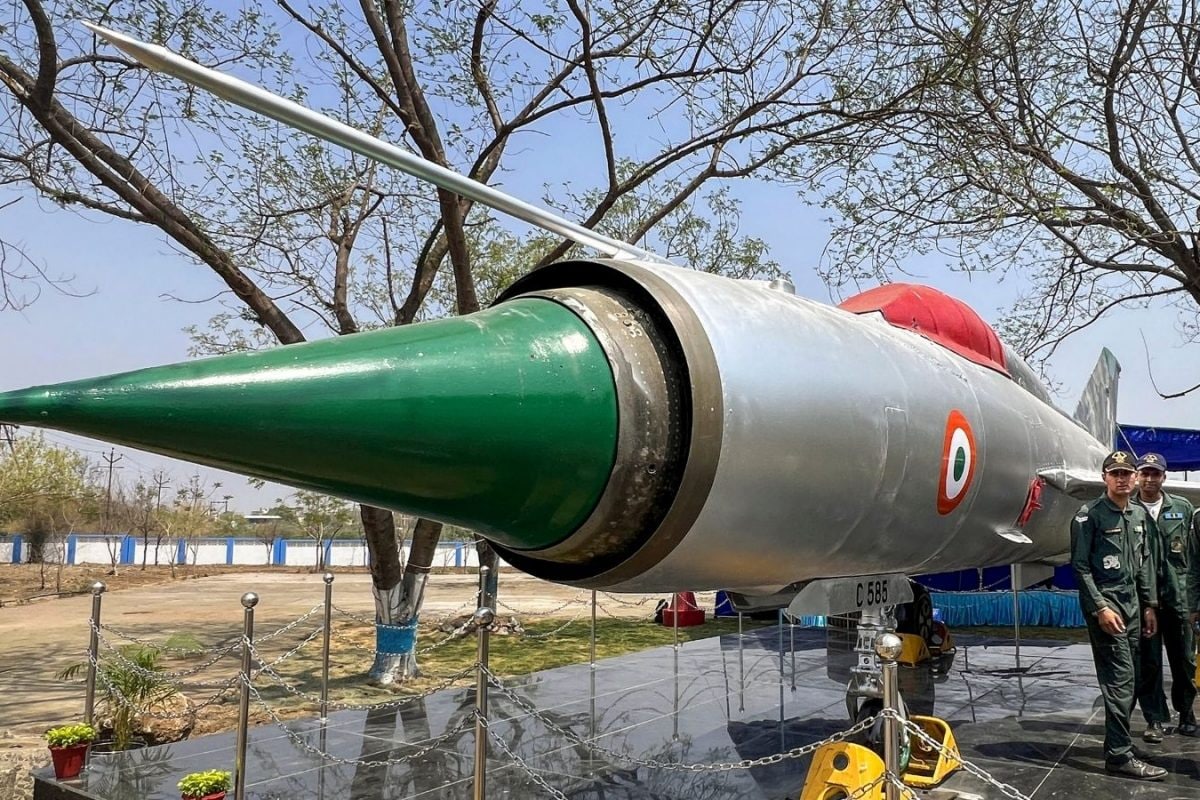

The Indian Air Force (IAF) is set to retire its remaining MiG-21 fighter jets by September 2025, marking the end of an era for the iconic aircraft that has served the nation for over six decades. First inducted in 1963, the MiG-21 has been the backbone of the IAF's combat fleet and has played a significant role in various conflicts, from the 1965 war with Pakistan to the 1999 Kargil War. Over 870 MiG-21s were inducted into the IAF, with nearly 600 produced domestically by Hindustan Aeronautics Limited (HAL).
A Timeline of MiG-21's Service and Retirement:
The "Flying Coffin" and Safety Concerns:
Despite its distinguished service, the MiG-21 has also been unofficially dubbed the "flying coffin" due to a high number of accidents over the years. These accidents have been attributed to various factors, including technical defects, human error, and bird hits. The high accident rate has raised concerns about the safety of the aircraft and has contributed to the decision to retire the fleet.
Replacement with Tejas LCA Mark 1A:
The MiG-21s will be replaced by the indigenously developed Tejas Light Combat Aircraft (LCA) Mark 1A. This transition marks a significant step towards India's self-reliance in defense production. The Tejas LCA Mark 1A is a modern, multi-role fighter jet that is expected to provide the IAF with enhanced capabilities. The Indian Air Force will get at least half a dozen Tejas Light Combat Aircraft by March 2026.
The retirement of the MiG-21 marks the end of a significant chapter in the history of the Indian Air Force. While the aircraft has had its share of controversies, it has also played a vital role in safeguarding the nation's skies. As the IAF bids farewell to the "flying coffin", it looks forward to a future with more modern and capable aircraft like the Tejas LCA Mark 1A.